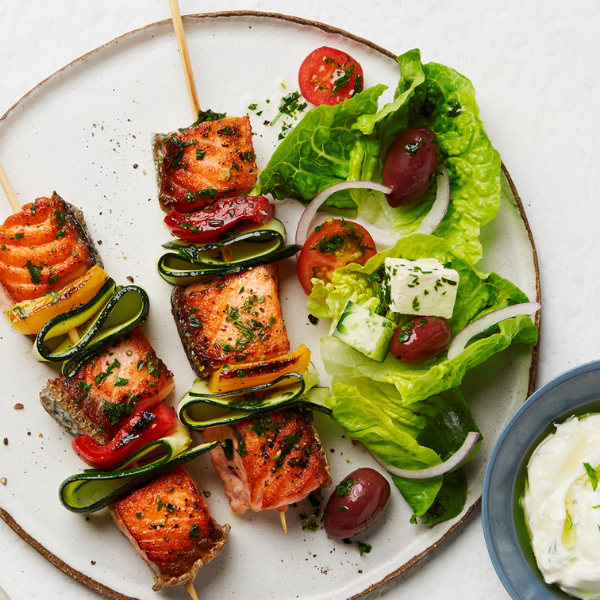The power of protein in the school lunchbox
There are sighs of relief to be heard in many a household with the return to school imminent and with it the thought of another year of packing healthy school lunches. While there are plenty of kid’s foods being promoted as healthy options, an important thing for parents to be aware of at this time of year is the importance of including protein rich foods in your child’s lunchbox. While we would typically consider Aussie kids as a healthy bunch, a closer look at the research on both our kids’ weight and their lunchbox habits reveal something quite different, with more than a ¼ of our school aged kids battling weight issues (1), and more than 3 serves of discretionary or junk food in the average Aussie lunchbox (2). This means we have a lot of work to do when it come to improving the nutritional content of our kids’ lunchboxes in 2022.
A quick scan of a typical lunchbox will generally reveal some type of sandwich or wrap, a piece of fruit or two, occasionally a vegetable along with several packaged snacks. Indeed, data collected back in 2005 (3) revealed that on average the lunchboxes of primary school aged children contained 3 packaged varieties of chips, biscuits, or snack bars.
While on the surface this lunchbox mix would tick the box for energy rich, carbohydrate-based foods, processed carbohydrates are completely dominating the mix at the expense of protein rich foods and good fats. The issue with this is that as carbohydrates are digested relatively quickly, children are left with fluctuating blood glucose levels, which drives hunger and potentially overeating, especially late in the day. Excessive carbohydrate in the absence of adequate activity too is associated with weight gain over time.
The solution to this common problem is simple – a much greater focus on protein rich foods in the lunchbox, as well as awareness of the impact of an early fruit break on appetite management. Here a piece of fruit enjoyed at 9.30 or 10am, closely followed by recess of more carbohydrate rich snacks such as fruits, bars, biscuits and crackers again mean that much of the food consumed is carbohydrate. A simply shift to a veggie break rather than fruit and protein rich recess options solves the issue.
And the good news is that it is easy to get a better balance of carbs and protein in the lunchbox. All you need to do is follow these simple 5 steps.
1) Swap fruit break to a veggie break and send baby cucumbers, tomatoes, chopped carrots, celery or capsicum. Or if you have a fussy veggie eater, opt for lighter fruits such as berries or mandarin.
2) Always choose child sized fruit and send just one piece per day.
3) Ensure your child’s recess includes a protein rich food. Good choices include child sized yoghurts that contain no added sugar, cheese and crackers, roasted broadbeans or chic peas, a boiled egg, a mini wrap or flatbread with a little Omega-3 rich salmon, or sushi rolls made using smoked salmon and cucumber. A reasonable serve of protein is 5-10g per serve.
4) Aim for at most one packaged snack food that contains <5g of sugars per serve. Good options include popcorn, homemade banana bread or small, low sugar wholegrain snack bars.
5) Aim for your child’s wrap or sandwich to include a nutrient rich protein-based filling of 30-50g of Tassal salmon, egg or leftover chicken breast.
This easy to follow, step by step guide helps to ensure that your little one gets all the essential nutrients he or she needs at school via a balance of both good quality carbs and protein that will also help to keep them full and satisfied throughout the entire day.
Looking for delicious and healthy lunchbox options using Tassal Salmon. Check out the below.
- Smoked salmon flatbread here
- Smoked salmon summer salad here
- Smoked salmon and cream cheese flatbread here
- Smoked salmon and veggie flatbread here
- Summer entertaining platter here
- Diced salmon middle eastern wraps here
- Almond crusted salmon bites with sweet potato chips here
Any views and opinions expressed in this blog belong solely to the original author of the opinion and can’t be attributed to the business or their blog.
This blog has been written by Susie Burrell.
References
1) https://www.aihw.gov.au/reports/children-youth/australias-children/contents/health/overweight-and-obesity
2) Nathan N, Janssen L, Sutherland R, Hodder RK, Evans CEL, Booth D, Yoong SL, Reilly K, Finch M, Wolfenden L. The effectiveness of lunchbox interventions on improving the foods and beverages packed and consumed by children at centre-based care or school: a systematic review and meta-analysis. Int J Behav Nutr Phys Act. 2019 Apr 29;16(1):38. doi: 10.1186/s12966-019-0798-1. PMID: 31036038; PMCID: PMC6489330.
3) Sanigorski AM, Bell AC, Kremer PJ, Swinburn BA. Lunchbox contents of Australian school children: room for improvement. Eur J Clin Nutr. 2005;59(11):1310-1316. doi:10.1038/sj.ejcn.1602244





